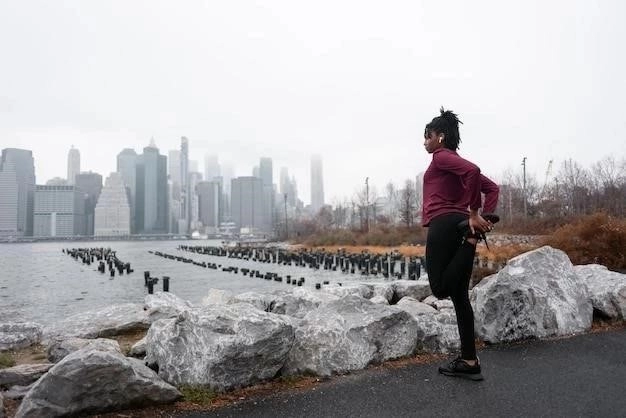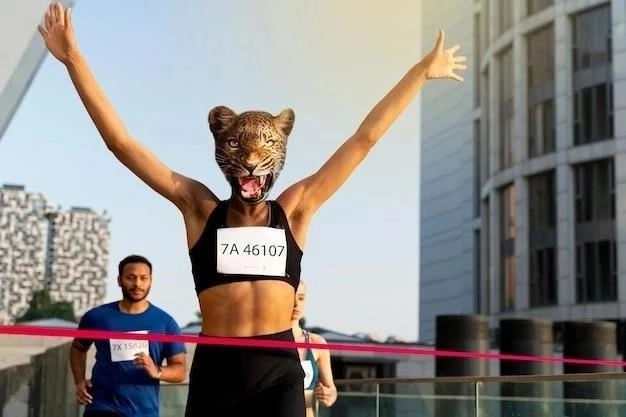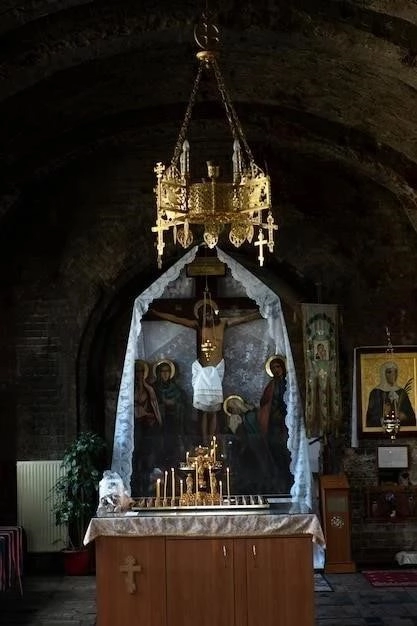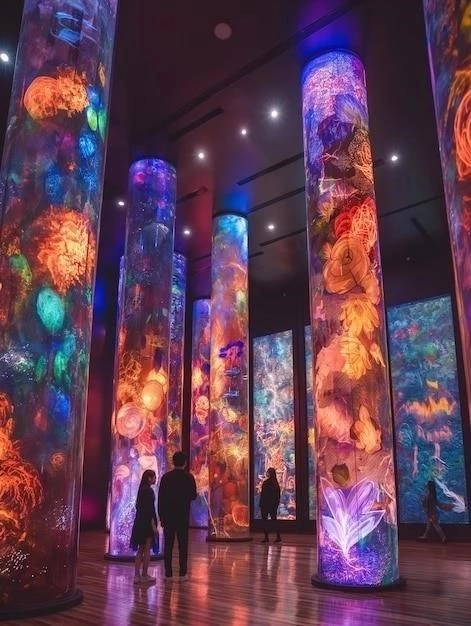History and Evolution
The New York City Marathon, in its nascent stage, was a far cry from the globally recognized spectacle it is today. First held in 1970, the inaugural race saw a humble 127 runners navigate multiple loops entirely within the confines of Central Park. Organized by Fred Lebow and Vince Chiappetta, the event was imbued with a spirit of athleticism and camaraderie, laying the groundwork for its future growth. Over the years, the marathon underwent significant transformations, expanding its course to traverse all five boroughs by 1976, a pivotal change that mirrored its burgeoning participation and rising global profile.

The Course: A Five-Borough Tour
The New York City Marathon distinguishes itself not only through its sheer scale but also through its unique course, a meticulously designed tour de force that encapsulates the city’s vibrant spirit and diverse tapestry. Spanning a formidable 26.2 miles, the route embarks on a five-borough odyssey, commencing with an iconic ascent of the Verrazzano-Narrows Bridge, a majestic overture that greets runners with breathtaking vistas of New York Harbor and the Manhattan skyline.
Descending into Brooklyn, the course meanders through a medley of culturally rich neighborhoods – Bay Ridge, Sunset Park, Bedford-Stuyvesant, Williamsburg, and Greenpoint – each pulsating with the cheers of enthusiastic spectators, their collective energy infusing the race with a palpable sense of community and celebration. Queens beckons next, with runners traversing the Pulaski Bridge and navigating the vibrant enclaves of Long Island City and Astoria, their journey punctuated by glimpses of the iconic Unisphere, a symbol of global unity.
The midpoint of the marathon unveils the Queensboro Bridge, a formidable structure that ushers runners into Manhattan, a borough synonymous with ambition and achievement. Ascending the bridge’s steel incline, participants are rewarded with unparalleled panoramas of the city before plunging back into the urban heart, their strides carrying them past Manhattan’s architectural icons and bustling avenues.
A brief interlude in the Bronx offers respite before the final leg, a triumphant return to Manhattan and a southward procession along Fifth Avenue, lined with cheering crowds and culminating in a grand finale within the verdant expanse of Central Park. The finish line, a testament to human endurance and perseverance, marks the culmination of an extraordinary journey through the beating heart of New York City.

Significance and Impact
The New York City Marathon transcends the realm of athletic competition, assuming a position of profound cultural and societal significance. It serves as a potent symbol of human resilience, determination, and the unifying power of sport. The event’s ability to draw participants from every corner of the globe, representing a vast spectrum of ages, backgrounds, and aspirations, underscores its extraordinary capacity to bridge divides and foster a shared sense of purpose.
Beyond its athletic merits, the marathon generates a considerable economic impact, injecting millions of dollars into the city’s coffers annually through tourism, hospitality, and associated industries. Furthermore, it serves as a global platform for charitable causes, with runners often leveraging their participation to raise funds and awareness for organizations close to their hearts. The philanthropic dimension of the marathon exemplifies its capacity to extend beyond the realm of sport and effect positive change within communities.
Moreover, the New York City Marathon has played a pivotal role in elevating the profile of marathon running as a mainstream athletic pursuit. The event’s comprehensive media coverage and widespread public engagement have demystified the sport, inspiring countless individuals to lace up their shoes and embark on their own running journeys, fostering a culture of fitness and well-being that extends far beyond the marathon’s finish line. Its legacy is thus multifaceted, encompassing athletic achievement, economic vitality, charitable endeavors, and the promotion of a healthier, more active global community.

Notable Records and Champions
The annals of the New York City Marathon are replete with extraordinary athletic feats, etched into the event’s history by remarkable individuals who have pushed the boundaries of human endurance and redefined the limits of speed. Among the most decorated champions in the marathon’s history stands Grete Waitz, a Norwegian runner whose unparalleled dominance throughout the late 1970s and 1980s saw her claim a record nine victories, solidifying her status as a true icon of the sport.
Waitz’s reign of supremacy was marked not only by her exceptional longevity but also by her record-breaking prowess. In 1978, she became the first woman to complete the New York City Marathon in under two hours and thirty minutes, a feat that shattered the existing world record and heralded a new era of female distance running. Her subsequent victories were equally impressive, each triumph further cementing her legacy as one of the greatest marathoners of all time.
While Waitz’s achievements loom large in the marathon’s historical tapestry, the men’s race has witnessed its fair share of legendary performances. From Bill Rodgers’ four consecutive victories in the late 1970s to Alberto Salazar’s dramatic final strides in the epic 1982 race, the men’s division has consistently showcased the pinnacle of athletic excellence and competitive spirit. These remarkable athletes, along with countless others who have etched their names into the New York City Marathon’s record books, serve as an enduring source of inspiration for runners of all abilities, embodying the indomitable spirit of human endeavor that lies at the heart of this iconic event.

The Marathon’s Global Appeal
The New York City Marathon’s allure extends far beyond the five boroughs, its reputation as a world-renowned sporting spectacle attracting a global audience of participants and spectators alike. Every year, tens of thousands of runners from over 100 countries traverse its iconic course, their diverse backgrounds and nationalities transforming the event into a vibrant tapestry of cultures united by a shared passion for the sport.
This international influx of participants is mirrored by a global surge in viewership, with millions tuning in from around the world to witness the marathon’s dramatic unfolds. The event’s ability to transcend geographical boundaries and captivate a global audience is a testament to its status as a truly iconic race, one that embodies the universal spirit of athleticism, determination, and human achievement.
The marathon’s international appeal can be attributed, in part, to its unique blend of athletic competition and urban exploration. The course’s iconic route, winding its way through the heart of New York City, offers participants a rare opportunity to experience the city’s pulsating energy and diverse neighborhoods firsthand. This potent combination of sport and cultural immersion has solidified the New York City Marathon’s position as a bucket-list event for runners worldwide, solidifying its place not only as a premier athletic competition but also as a global celebration of human spirit and urban wonder.










